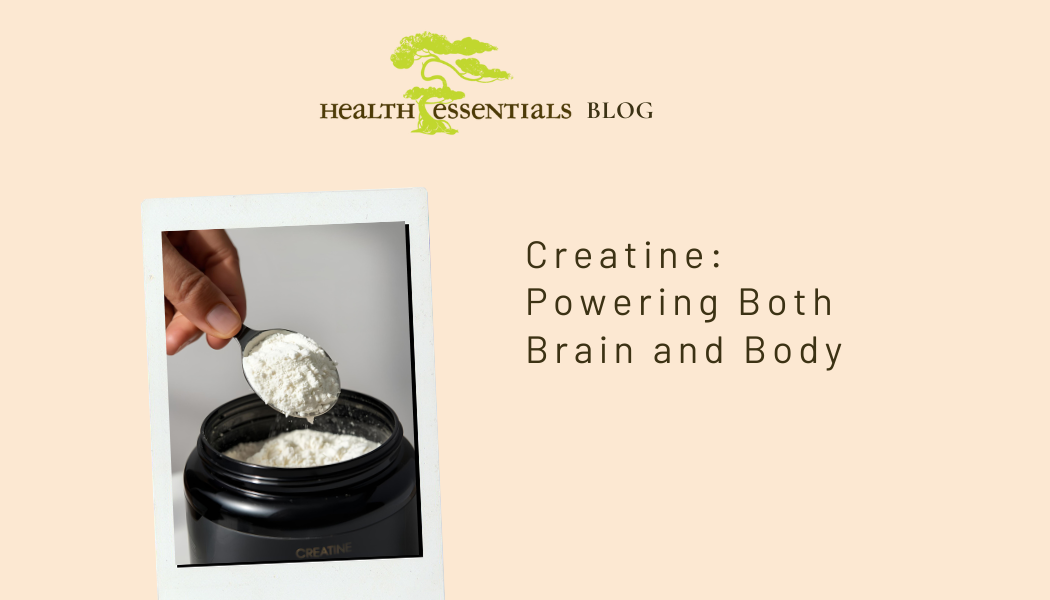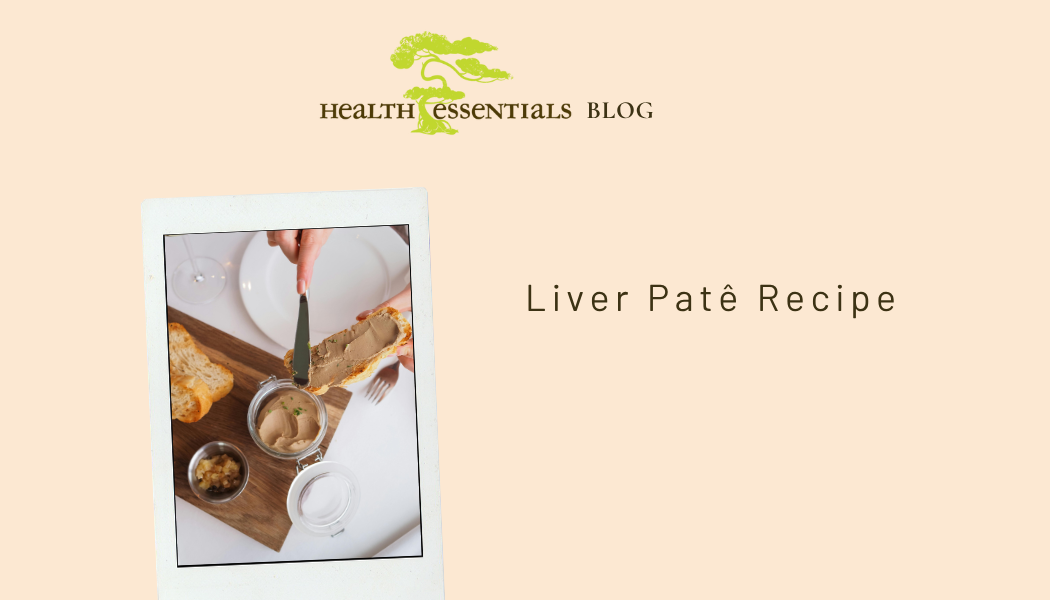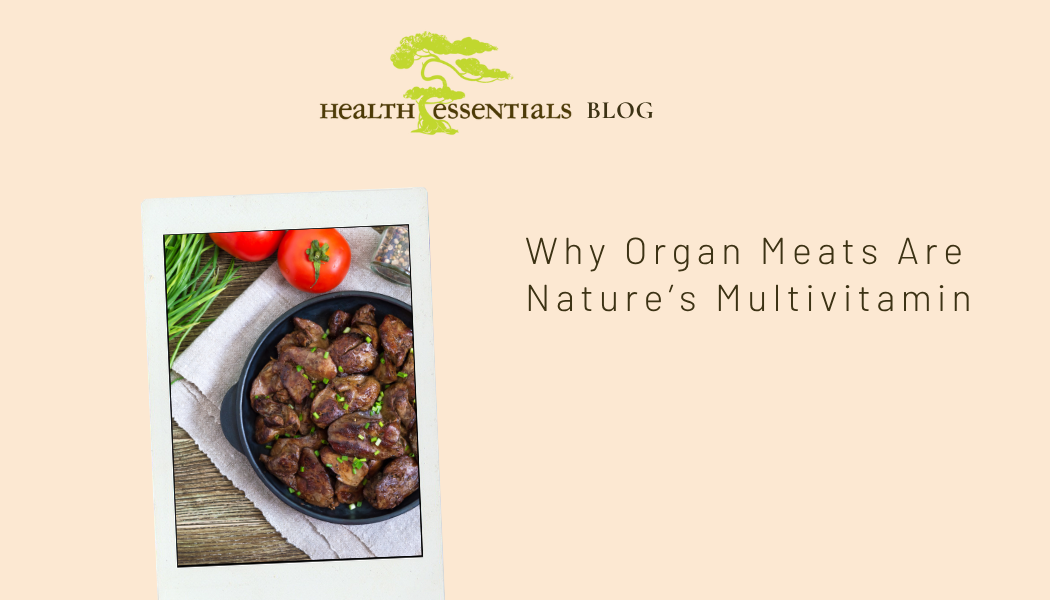How Clean are Your Cleaning Supplies?
Spring is in the air, and with the spring comes the ultimate time to detox your home! But, did you ever think that your cleaning supplies cupboard may need a little detox action as well?
The Dirt on Conventional Cleaning Supplies
The truth is that most commonly used cleaning supplies… just aren’t that clean. Yes, they’re designed to kill bacteria, but what they often end up leaving in its place is a toxic residue that can arguably be just as bad if not worse than bacteria build-up.
Here are just a few of the harmful ingredients commonly found in “conventional” cleaning supplies:
[divider]
- PERC (Perchmoroethylene): Found in spot removers and carpet cleaners, as well as dry cleaning solutions, this one is probably one of the top TO AVOID chemicals. It is a neurotoxin that may cause some seriously scary symptoms when inhaled, such as dizziness and coordination-loss.
- Triclosan: A chemical found in most dishwashing detergents & hand soaps. This aggressive antibacterial agent is known to have some carcinogenic properties, and it may also promote the growth of resistant bacteria if overused. It’s been found in rivers and streams and has a toxic effect to plants and animals.
- Chlorine: Used in copious amount of cleaning products ranging from toilet cleaners, to dish detergents, to bleach, to disinfectants… the list goes on. In high concentrations (like in cleaning products) it is corrosive and can irritate the skin. Breathing in too many fumes may lead to lung problems or respiratory tract damage.
- Ammonia: Found in glass cleaners, tile and bathroom cleaners, and other polishing agents, this chemical is a major respiratory tract irritant. It’s extremely volatile meaning that it evaporates into a gas to be easily inhaled and cause irritant issues in the body.
- Pthalates: Used in products with fragrances… so like.. every chemical cleaner available. These guys are definitely worth avoiding if you’re a male who values his testosterone levels, or a woman who’d rather not throw off her estrogen levels. Pthalates are known endocride disruptors and can lead to a host of different issues in both men and women. If a product is labeled as having a “fragrance”, be cautious and aware that it’s more than likely pthalate-containing. Pthalates can be absorbed through inhalation and through skin contact.
Good News is that There are Healthier Options!
The truth is, that the discovery of bacteria that caused disease happened FAR before the use of harsh synthetic chemicals. The use of man-mixed, and bottled chemicals started their major climb in popularity and market saturation during the industrial revolution. They were a byproduct of booming production in many cases and just-so-happened to also work wonders at killing bacteria. The one, very overlooked problem with most of them… they also harm the good bacteria and cells and thus, harm the environment, humans and animals.
Prior to the use of these chemicals, man discovered many natural anti-bacterial agents that were not detrimental to humans, the environment or animals. Although it may sound far too good to be true, believe it or not, the earth is full of natural treasures. It’s almost as if mother nature wants to help keep the Earth’s inhabitants alive… like for real, not for money.
Here are a few healthy ingredients to look for in your cleaning products:
[divider]
- Baking Soda: Baking soda, aka sodium bicarbonate, is a slightly basic solution that helps to cut through grime. It’s naturally antibacterial and it absorbs odour. It’s also extremely cost effective, and won’t harm you or the environment! Many natural cleaning products available today use baking soda as one of their main ingredients.
- Essential Oils: Essential oils have been used for centuries for a variety of different things. One of their main uses is as a natural disinfectant, anti-fungal and antibacterial agent. There are many, many different essential oils, and some are more effective than others at getting the cleaning job done. One of the very best in this department is tea tree oil. Another fantastic essential oil blend that has antibacterial, anti-fungal and anti-viral properties is Thieves Oil. Often, natural cleaning products on the market today use essential oils as both an antibacterial agent and a natural non-toxic fragrance!
- Vinegar: This guy has long been known to be an effective natural disinfectant. More than likely, the use of this natural substance as a cleaner is no news to your grandmother! Vinegar is a weak acetic acid that is formed by the fermentation of sugar and starches. It’s acidic make up helps it to kill bacteria and microbes, naturally. It’s also a great stain remover, and can be used as an alternative to bleach.When used in conjunction with baking soda, the two work to cut grease and grime.
- Castile Soap: Castile soaps are olive oil based soaps that are biodegradable, antibacterial and stain-fighting! This soap has been used for centuries in Europe and is great for most household cleaning jobs including dish-washing, DIY laundry soaps, bathroom cleaning and stain removing!


